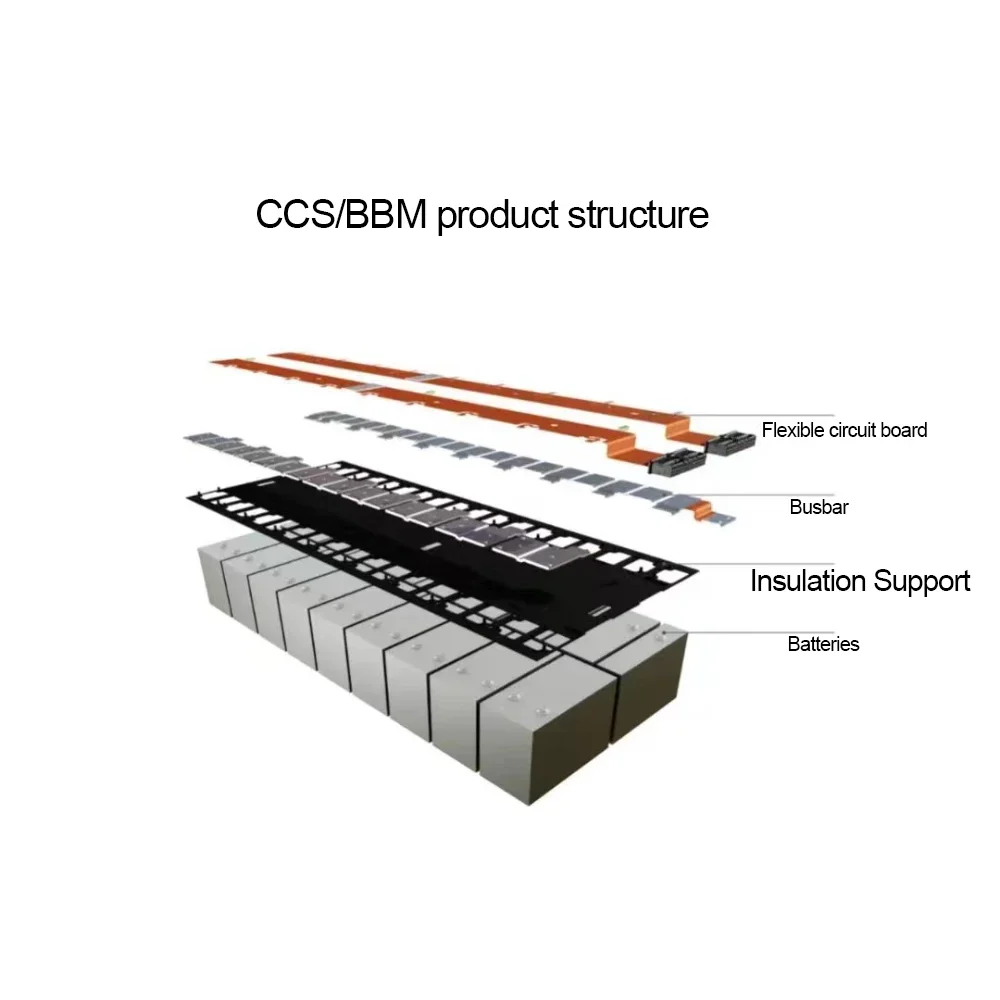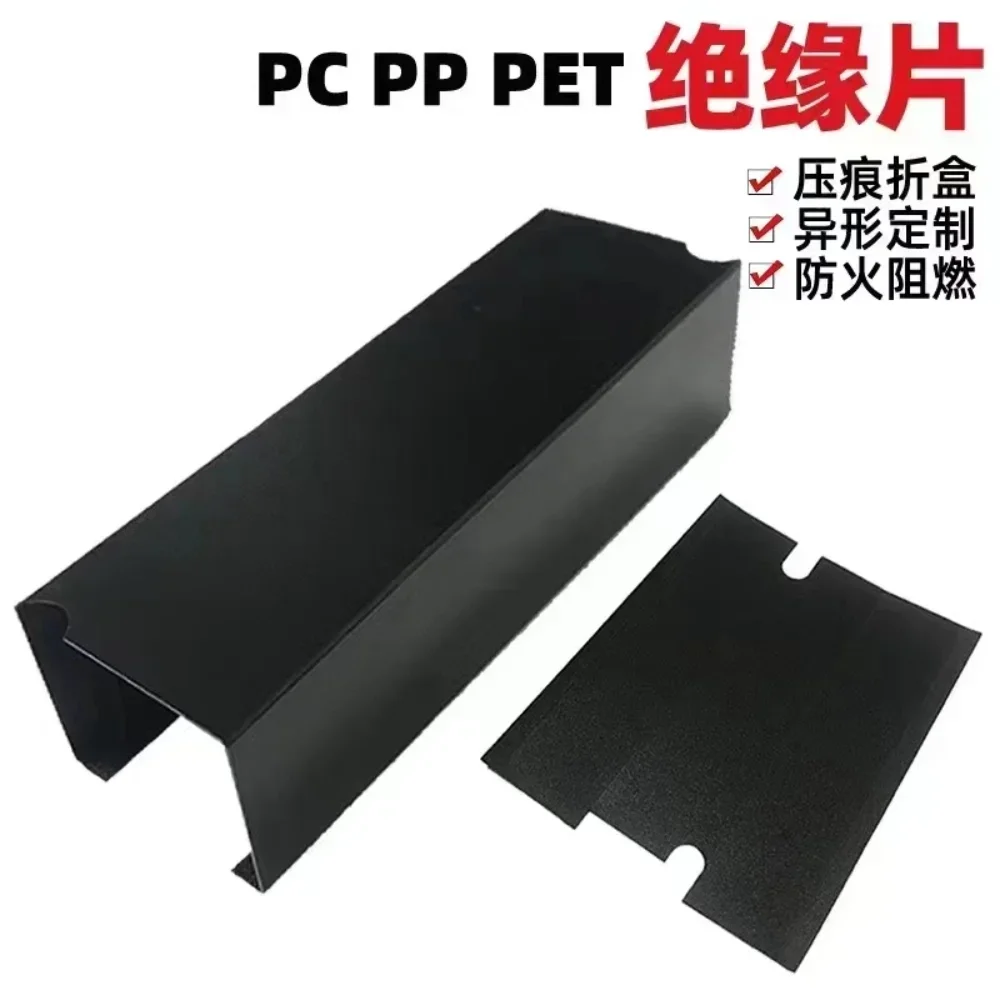Thermoforming blister packaging has revolutionized product protection and display in the retail industry. This innovative packaging method involves heating a plastic sheet, forming it over a mold, and creating custom cavities to snugly fit products. Dating back to the 1940s, thermoforming has continuously evolved to meet modern packaging demands. Its versatility, cost-effectiveness, and ability to showcase products make it a top choice for many industries.
Understanding Thermoforming Process
Simplicity Benefits
Thermoforming offers simplicity and high volume production advantages for blister packaging process solutions. The process involves heating a sheet of plastic until it is pliable, then shaping it into the desired form.
The heating and shaping process of clear PVC sheets in thermoforming is crucial. The plastic sheet is heated until it reaches a temperature where it can be easily manipulated. Once heated, the sheet is placed over a mold and vacuum-sealed to take its shape.
Unsuitability for Light-Sensitive Drugs
Thermoforming may not be suitable for packaging light-sensitive drugs due to the material used. Clear PVC, commonly used in thermoforming, does not provide adequate protection against light exposure. This limitation makes thermoforming less ideal for medications that are sensitive to light.

Thermoforming vs Cold Forming
Thermoforming
Thermoforming involves shaping clear PVC material into blister packaging. It is cost-effective and ideal for high-volume production due to its efficiency. The process includes heating the PVC sheet until pliable, then forming it over a mold.
The design flexibility of thermoforming allows for various shapes and sizes to be created easily. This method is commonly used for products that require visibility, such as electronics and toys.
Cold Forming
Cold forming, also known as cold form blister packaging, utilizes an aluminum-based film instead of PVC. The use of aluminum provides excellent protection against moisture and light, making it suitable for sensitive products.
One significant drawback of cold forming is the higher costs associated with custom blister tooling. This tooling expense can make cold forming less economical for smaller production runs compared to thermoforming.
Comparison
While thermoforming is more cost-effective and efficient for high-volume production, cold forming stands out for its protective properties against moisture and light-sensitive products. Each method has its advantages and is chosen based on the specific requirements of the product being packaged.
Thermoforming Methods
Vacuum Forming
Vacuum forming utilizes sophisticated controls to enhance production speeds, making it a popular choice for thermoformed packages. This method involves heating a sheet of plastic until it becomes pliable, then using a vacuum to shape it over a mold. The result is thermoformed blisters that are cost-effective and visually appealing.
Pressure Forming
Pressure forming stands out for its ability to produce intricate shapes with minimal equipment requirements. By applying both vacuum and pressure during the forming process, this technique ensures consistent wall thickness and sharp detail in the final product. This method is commonly used in creating blister packaging solutions for various industries.
Versatility with Materials
One significant advantage of pressure forming is its versatility in working with different materials. From PET and PVC to PP and paperboard, pressure forming can accommodate a wide range of substrates, offering flexibility in design options for blister trays and other packaging solutions.

Choosing Materials
Forming Materials
Blister packaging materials significantly impact product shelf life and storage conditions. Different forming materials like PVC, PP, PVDC, COC, and aclar offer varying levels of protection. These materials cater to diverse product needs by ensuring optimal preservation during storage and transportation.
Lidding Materials
High-quality aluminum with heat-sealing lacquer serves as a crucial component in blister packaging. The choice of lidding material plays a vital role in maintaining the integrity of the packaged products. It ensures proper sealing, thereby safeguarding the items from external contaminants and preserving their freshness.
Variety of Materials
Blister packaging machines utilize a wide range of forming and lidding materials to accommodate various applications. From PVC to aluminum-based foil, each material offers distinct advantages in terms of durability, flexibility, and barrier properties. This diverse selection enables manufacturers to select the most suitable material based on the specific requirements of their products.
Closing Thoughts
You've now grasped the ins and outs of thermoforming blister packaging, from its process to material selection. Understanding the differences between thermoforming and cold forming methods equips you to make informed decisions for your packaging needs. By delving into the various thermoforming techniques available, you're better prepared to choose the right approach for your product.
Now that you're well-versed in thermoforming, take the next step by applying this knowledge to enhance your packaging solutions. Whether you're a manufacturer looking to optimize production or a business owner aiming to improve product presentation, implementing the insights gained here can elevate your packaging game. Stay informed, stay innovative, and watch your packaging solutions stand out in the market.